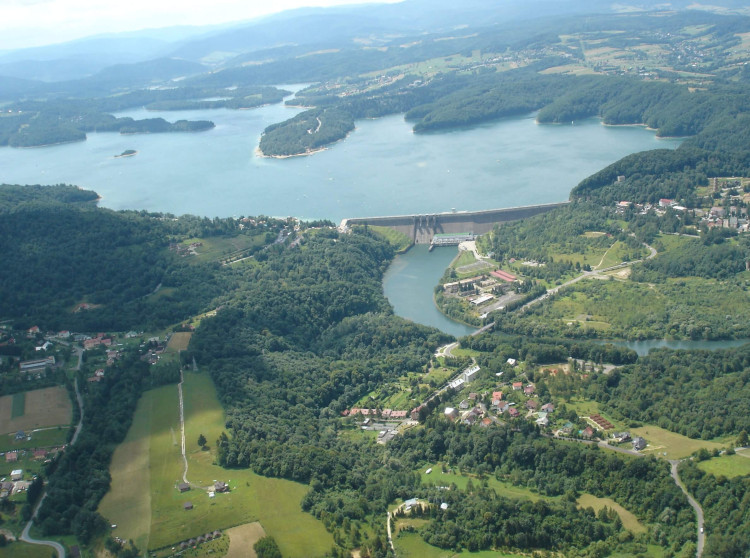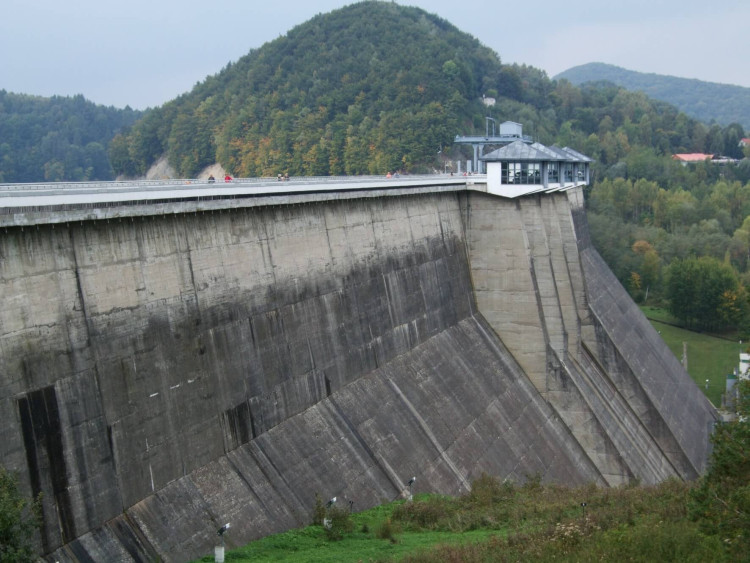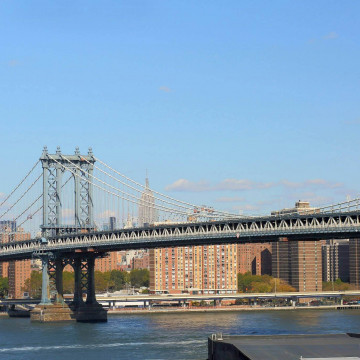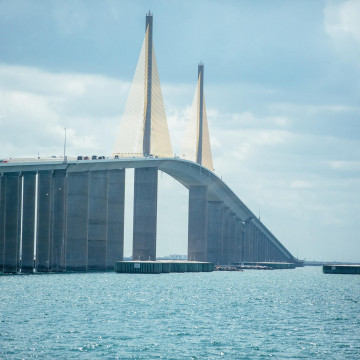Solina Dam (Poland) - dam on San River
Where is located Solina Dam?
Address of Solina Dam is Solina, province Podkarpackie, Poland
show on map
When was built Solina Dam?
Built date of Solina Dam is 1961 - 1968

Facts, informations and history of Solina Dam
The dam project on the San River was created in 1921, preparations for construction began in 1937, but they were interrupted by the outbreak of war.
Thousands of people had to be displaced before the dam was built, abandoned buildings were dismantled. A few villages were found under the water.
With an 81.8 m high dam in Solin near Lesko, it is the highest hydrotechnical building and dam in Poland.
Tama created a lake with a capacity of 474 million m², an area of over 2,100 ha and a maximum depth of 60 m, it covered 27 km of the San River and 14 km of Solinka, with a total coastline length of 150 km.
At the dam there is a hydroelectric pumping hydroelectric plant with four Francis turbines of installed power: currently 136 MW after modernization of 200 MW and annual production of 112 GWh.
Over 2000 workers worked on the construction of the dam, despite the difficult working conditions none of them died.
820,000 cubic meters of concrete were used for construction, with 1.7 million tons of aggregate and 200,000 tons of cement for its production. The dam weighs approx. 2 million tons. The volume of concrete is 760 thousand m²
The whole is divided into 43 sections. Communications and control galleries with a total length of 2 km run on 4 levels inside the structure. Excess water is discharged through 2 steep downpipes, which makes the water drop look very effective.
The Solina - Myczkowce Hydroelectric Power Plant team also has a dam in Myczkowce, 430 m long, 23 m high and 216 thousand m².
Architect of Solina Dam

Construction/building type
Building Solina Dam is of type Dam, Dam
Other dimensions, parameters and frequently asked questions

How many meters have Solina Dam?
Solina Dam have length 664 meters
What material is the building made of?
Solina Dam is made of the following materials: Reinforced concrete
Cost
Build cost of Solina Dam is PLN 1.5 billion
Other names
The building is also known by other common names or in the original language, i.e. Zapora w Myczkowcach
Official website
The official website of the building, where up-to-date information can be found, is http://solina.pl
Location on map / How to get there


























Comments to Solina Dam (129) Average rating: 4,0 Add comment / Rate building
Based on 129 comments